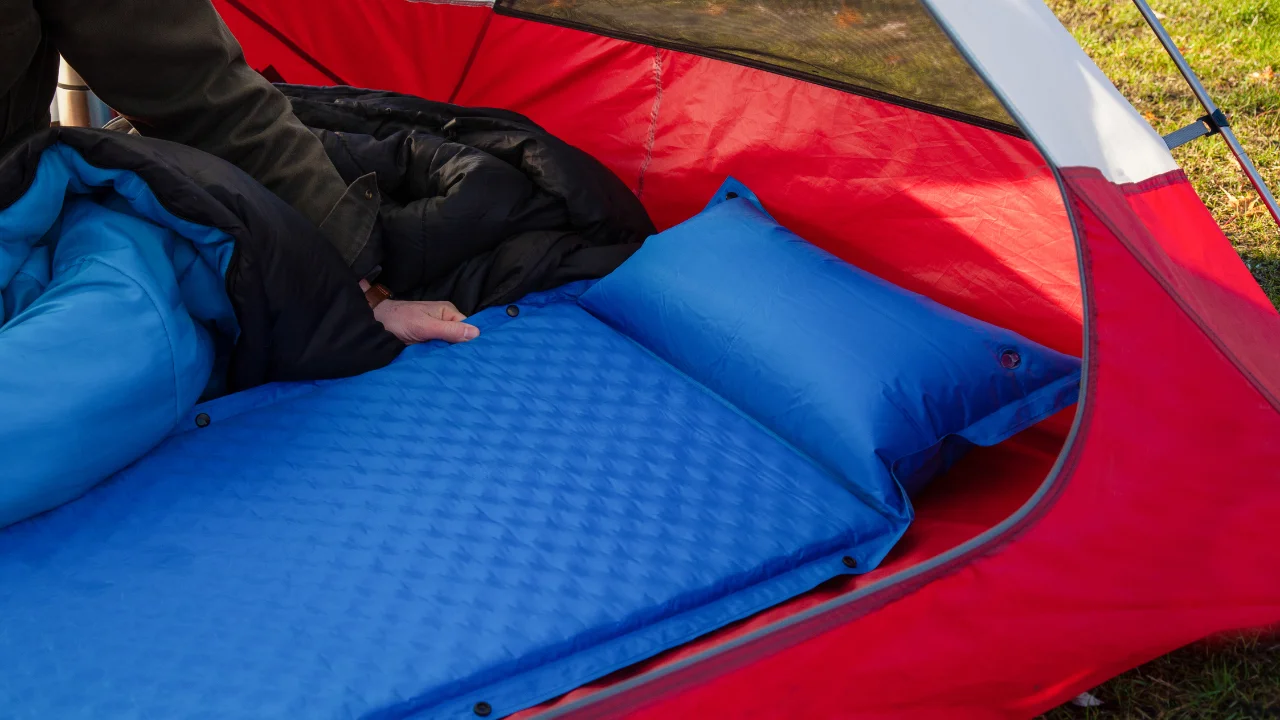
Top Best Sleeping Pads for Comfort and Durability
Have you ever gone camping and woken up feeling stiff, cold, or tired? It’s probably because you didn’t have the right sleeping pad. A good sleeping pad can make camping so much better. It helps you sleep well and wake up refreshed. And finding the right one? It’s easier than you think.
Whether you’re carrying a backpack on a long hike or enjoying a weekend camping trip, this guide will help you find the best sleeping pad for your needs. We’ll explain why sleeping pads are important, the types you can choose from, and what to look for. Let’s get started!
Table of Contents
ToggleWhy Sleeping Pads Matter
Sleeping pads are more than just something to lie on. They do two important jobs:
- Comfort: A sleeping pad makes the hard ground feel soft, so you don’t wake up sore.
- Warmth: It keeps your body heat from escaping into the cold ground, so you stay warm at night.
Even if you have a great sleeping bag, it won’t keep you warm without a good sleeping pad. For example, if you’re camping in spring, the ground can still feel very cold. That’s where a sleeping pad with a high R-value (a number that shows how warm it is) can help.
The best sleeping pads for backpacking give you comfort, warmth, and are easy to carry. Let’s look at the types of pads you can choose from.
⇒ Also Read About Best Camping Cots for Comfort & Durability
Types of Sleeping Pads
There are three main types of sleeping pads. Each one is different, and your choice depends on what you need. Let’s keep it simple:
1. Foam Sleeping Pads
Foam pads are simple and tough. They’re made of solid material, so they’re always ready to use. Just roll them out and lie down.
Why they’re great:
- They’re very strong and don’t get holes.
- They’re lightweight and easy to carry.
- They’re cheap and great for beginners.
Downsides:
- They’re not as soft as other pads.
- They can be bulky and take up space.
Example: The Therm-a-Rest Z Lite is a favorite for hikers because it’s light, simple, and works well.
2. Inflatable Sleeping Pads
Inflatable pads are filled with air. You blow them up when you need them, and they feel soft and comfy.
Why they’re great:
- They’re very comfortable. You can make them as firm or soft as you like.
- They pack down small, saving space in your backpack.
- They come in different levels of warmth for every season.
Downsides:
- They can get holes or leaks.
- You have to inflate and deflate them, which takes time.
Example: The Sea to Summit Ether Light XT is popular because it’s light and very comfortable.
3. Hybrid Sleeping Pads
Hybrid pads combine foam and inflatable features. They’re a good mix of comfort and durability.
Why they’re great:
- They’re warm and comfortable.
- Many are self-inflating, so they’re easier to use.
Downsides:
- They’re heavier than other pads.
- They can be more expensive.
Example: The Therm-a-Rest ProLite is a reliable hybrid pad for campers.
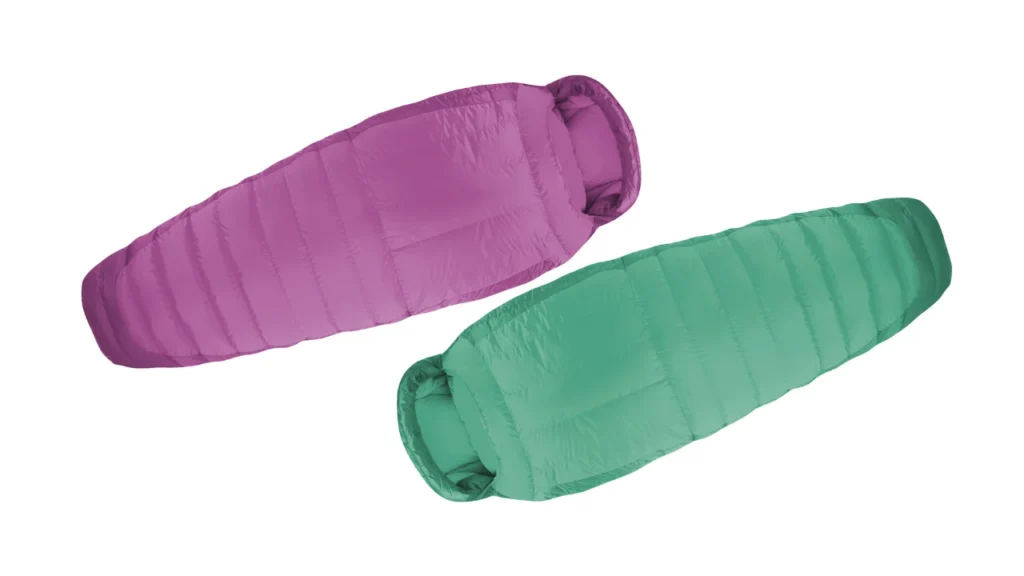
Key Features to Look For
Now that you know the types of sleeping pads, here are the main things to look for when picking one:
1. R-Value (Warmth)
The R-value shows how warm a pad will keep you. A higher R-value means more warmth.
- For summer camping: Look for an R-value of 1-3.
- For spring and fall camping: Choose an R-value of 3-5.
- For winter camping: You’ll need an R-value of 5 or higher.
Tip: For extra warmth, use a foam pad under an inflatable one. This also gives you a backup if the inflatable pad gets damaged.
2. Weight and Packability
If you’re hiking, a lightweight pad is important. Look for pads that weigh less than 1.5 pounds and pack down small so they don’t take up too much space.
3. Durability
Choose a pad made of strong materials like ripstop nylon. Check reviews to make sure it’s tough enough for rough camping spots.
4. Size and Shape
Sleeping pads come in different sizes. Mummy-shaped pads are smaller and lighter, while rectangular pads give you more room to move around. If you’re tall or sleep on your side, pick a bigger pad.
Real-Life Advice
Alex’s Story: Comfort vs. Weight
“I used the Nemo Tensor Insulated pad on my long hike. It was super light, just over a pound, and kept me warm with an R-value of 4.2. I also carried a foam pad for backup on rocky ground. This setup worked great for cold nights and gave me peace of mind.”
Tip: Always bring a small repair kit for inflatable pads. A tiny hole can ruin your night if you don’t fix it.
Best Picks for Different Needs
- Best Backpacking Sleeping Pad: Nemo Tensor Insulated
- Best Tough Sleeping Pad: Therm-a-Rest Z Lite
- Best Lightweight Sleeping Pad: Sea to Summit UltraLight Insulated
- Best Inflatable Sleeping Pad: Exped SynMat HL
Final Thoughts
A good sleeping pad can make camping so much better. It keeps you warm, comfortable, and ready for the day ahead. By knowing what types of pads are out there and understanding key features like R-value and weight, you’ll find the perfect one for your needs.
Camping is much more fun when you sleep well. Don’t skip the sleeping pad—it’s one of the most important pieces of gear you can have.
Happy camping!

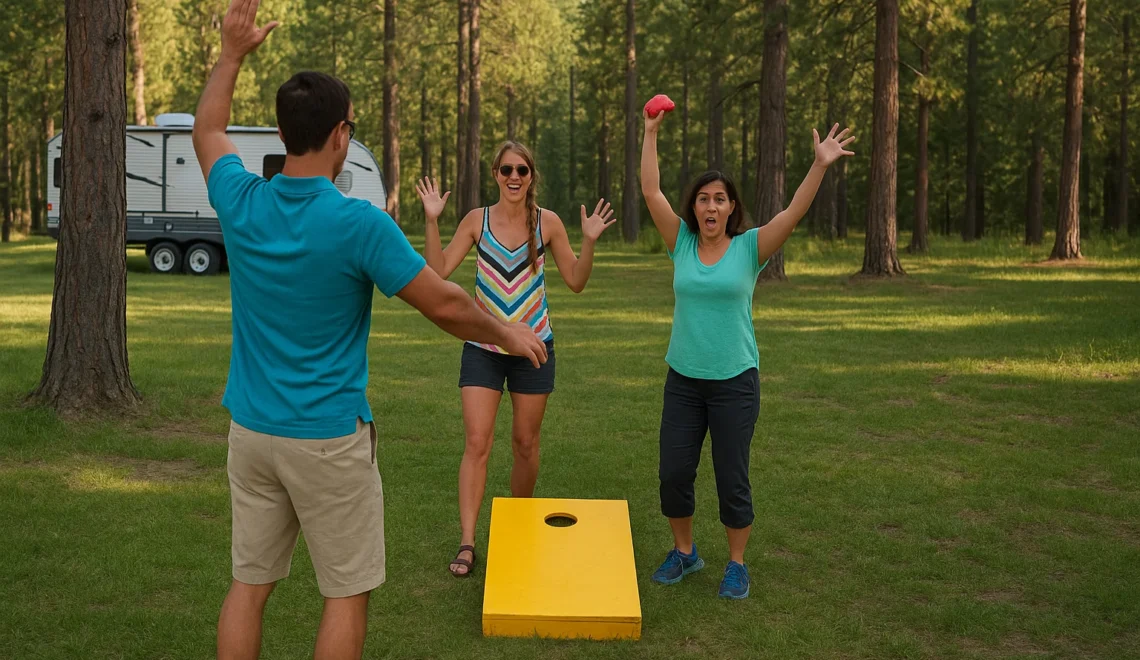
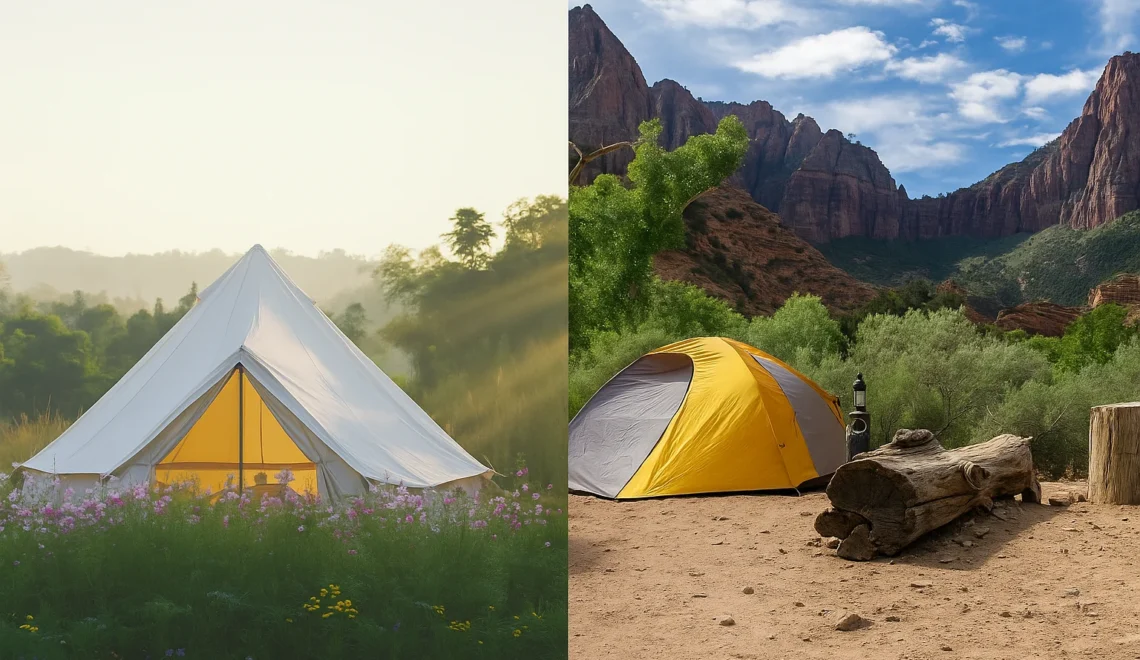
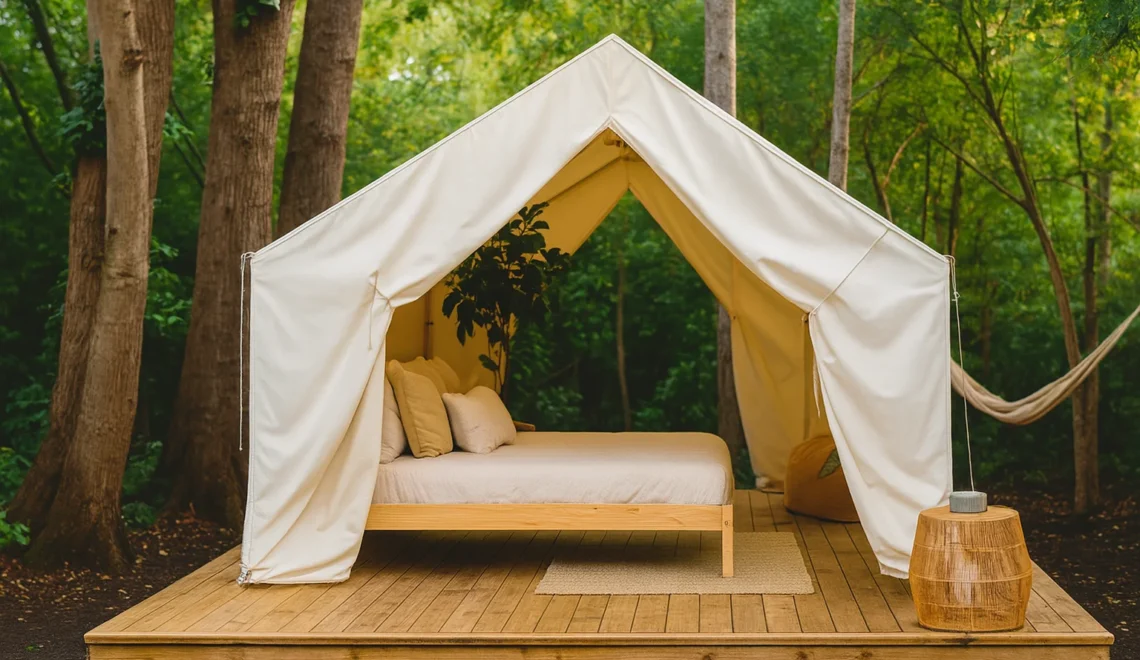
1 comment